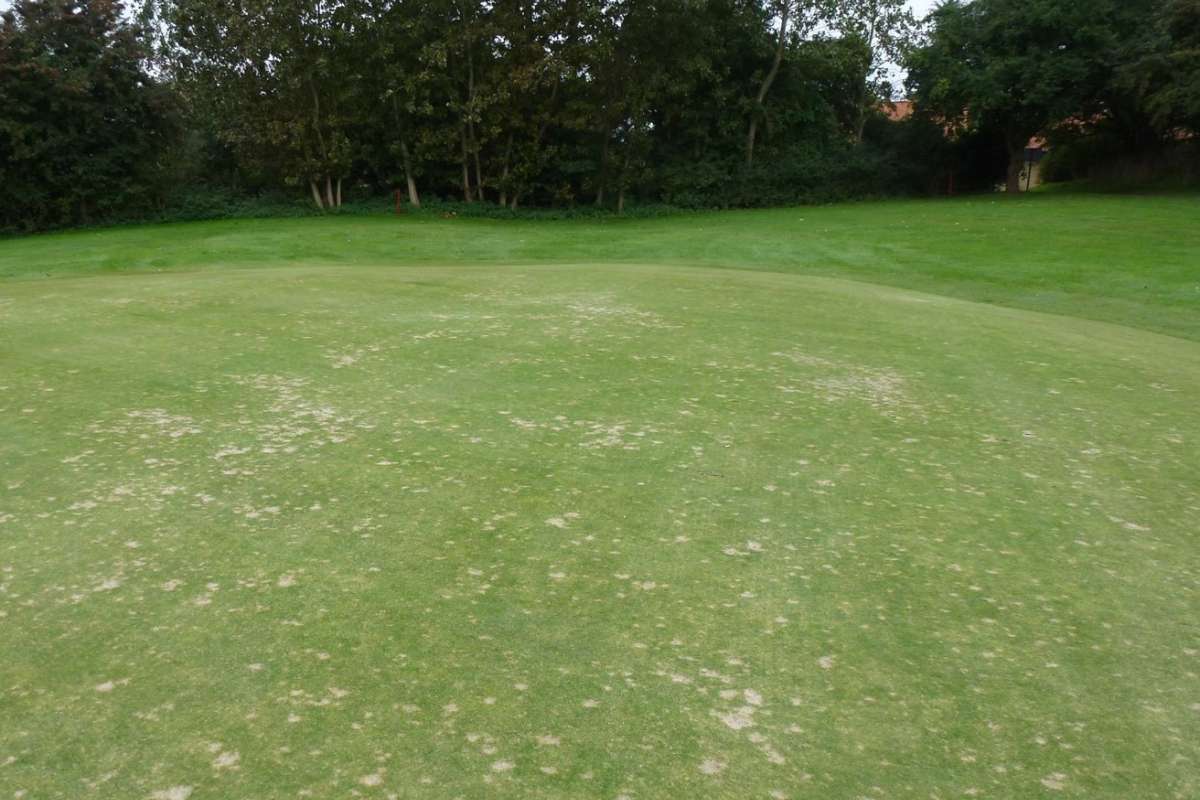High content of herbicide residues in organic fertilizers
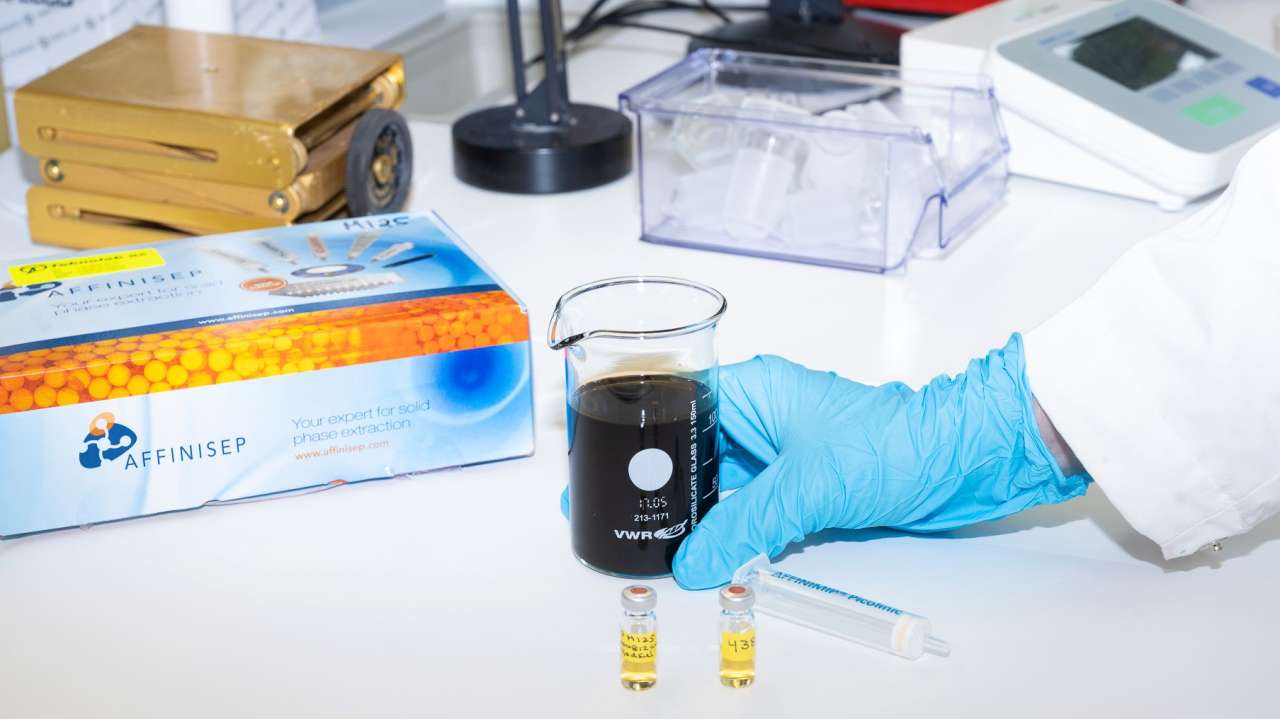
All ready for analysis of residues of the herbicides clopyralid and aminopyralid in organic fertilizer. Photo: Erling Fløistad
This summer, hobby growers in Norway and Sweden experienced that their tomato and cucumber plants were not growing well, and instead looked limp with curly leaves. Pyralid herbicides in organic fertilizers were identified as a possible cause.
NIBIO's department for Pesticides and Natural Products Chemistry normally analyses food and soil samples looking for pesticide residues.
- When the suspicion arose that residues of the herbicides clopyralid and aminopyralid could be the cause of crop failure in tomato and cucumber plants that had received organic fertilizer, we began an adaptation of our methods, says Marit Almvik, researcher at NIBIO.
- Organic plant nutrition is a demanding material to analyse as it contains so many other substances that can interfere with the analysis. We could not send the nutrient solution directly into the analysis instrument. The challenge was to get rid of disturbing substances in the nutrient solution, without losing the two pesticides at the same time.
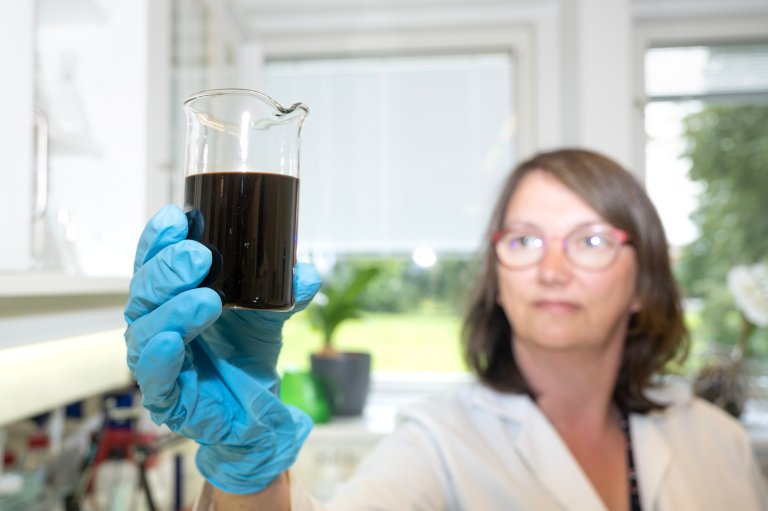
Disturbingly high values in mixtures sold in garden centres
- We ran tests using the method on some products purchased in local garden centres. These tests detected 992 µg clopyralid per kg in one liquid fertilizer approved for organic far, and 73 µg/kg in a pelleted fertilizer, says Almvik.
- A low detection level in the analytical method is important for these pesticides, emphasises Marianne Stenrød, department head at NIBIO.
Studies have shown that clopyralid can have a negative effect on plant growth at concentrations as low as 1 µg/kg in soil or growth medium. Aminopyralid may have an impact in even lower concentrations.
- Very few studies have been done on residual amounts of these substances. We would like to do extended cultivation studies on what levels have a negative impact and how sensitive different vegetable plants are to clopyralid in the soil. A broad survey of clopyralid and aminopyralid in particular, as well as pesticide content in general, in the organic plant nutrition on the Norwegian market, is required.
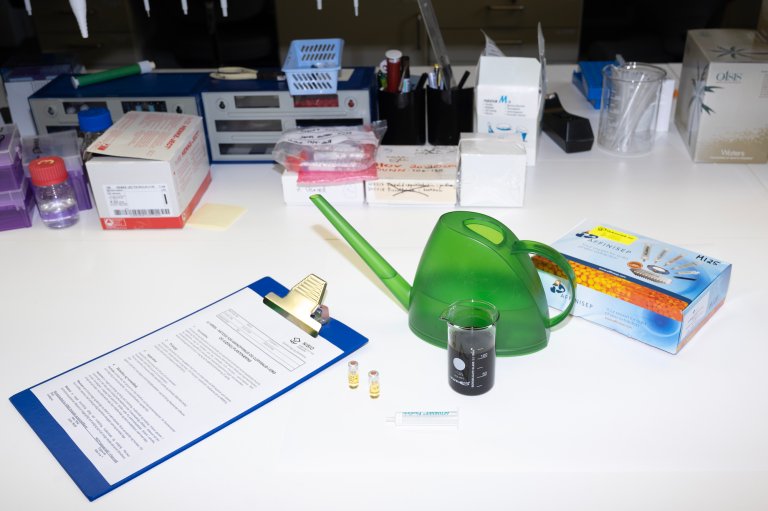
Contacts


Facts
Clopyralid and aminopyralid are active ingredients in herbicides. The substances are very selective. They control many weeds without damaging grains and other grass species. Clopyralid does not damage cruciferous plants and is used in Norway in maize and various cabbage and oil plants, as well as in cereals, meadows and green areas. Clopyralid can end up in manure if the raw materials for the organic manure have previously been treated with the herbicide.
Fertilizers with raw materials from conventional production may be approved for use in organic farming if they only contain ingredients listed in Annex I to Regulation 889/2008. Such fertilizer products can be labeled "can be used in organic production".
Analysis of clopyralid and aminopyralid
The analysis method for clopyralid and aminopyralid has NIBIO method number M125
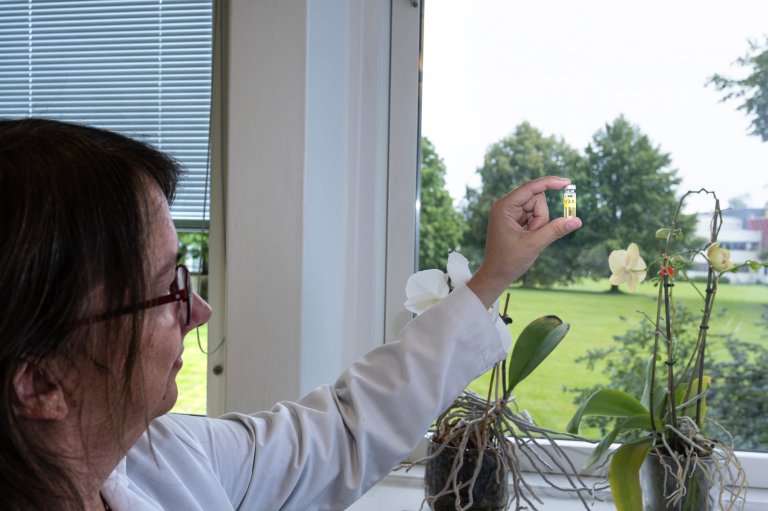
Contacts





